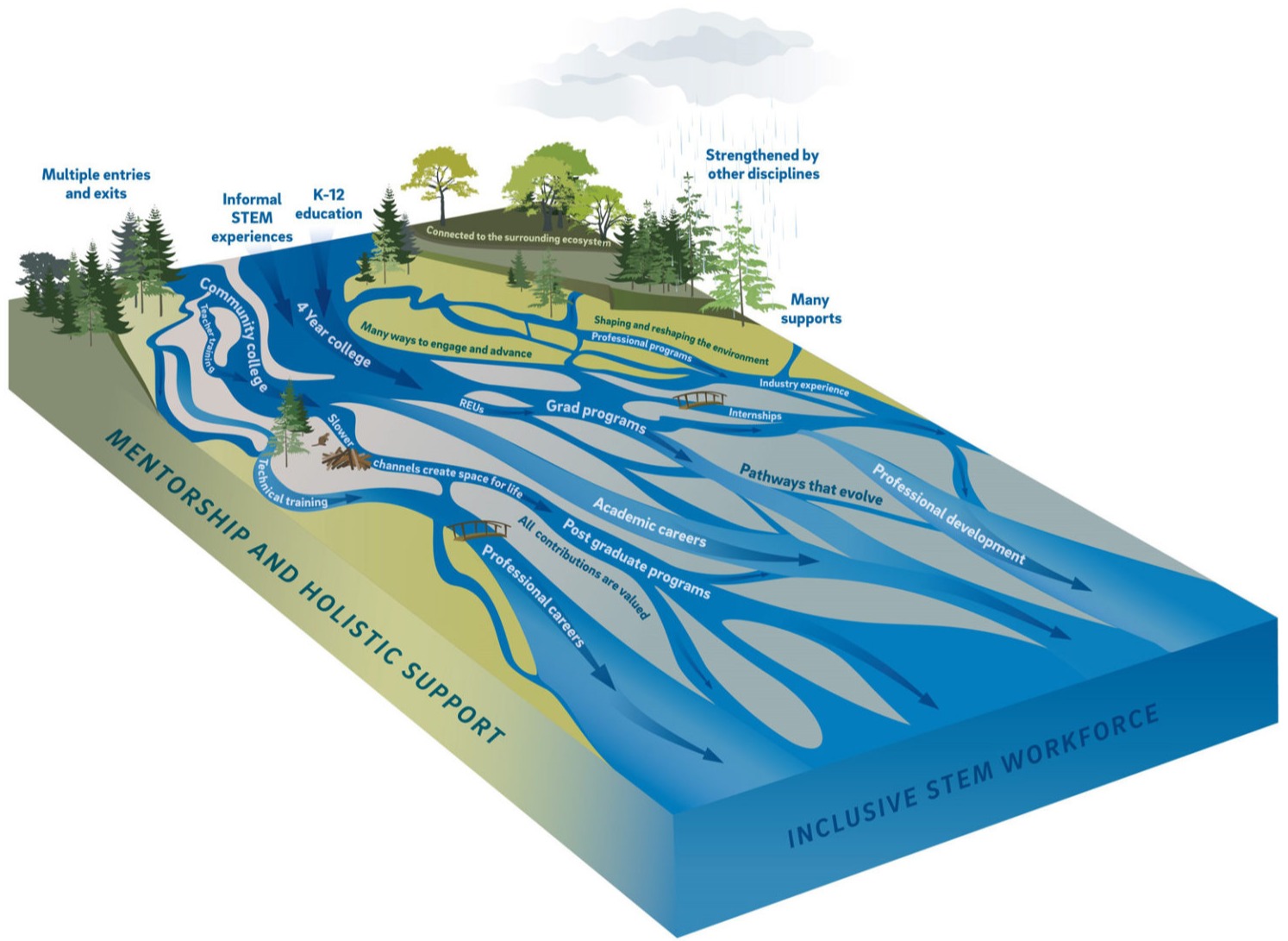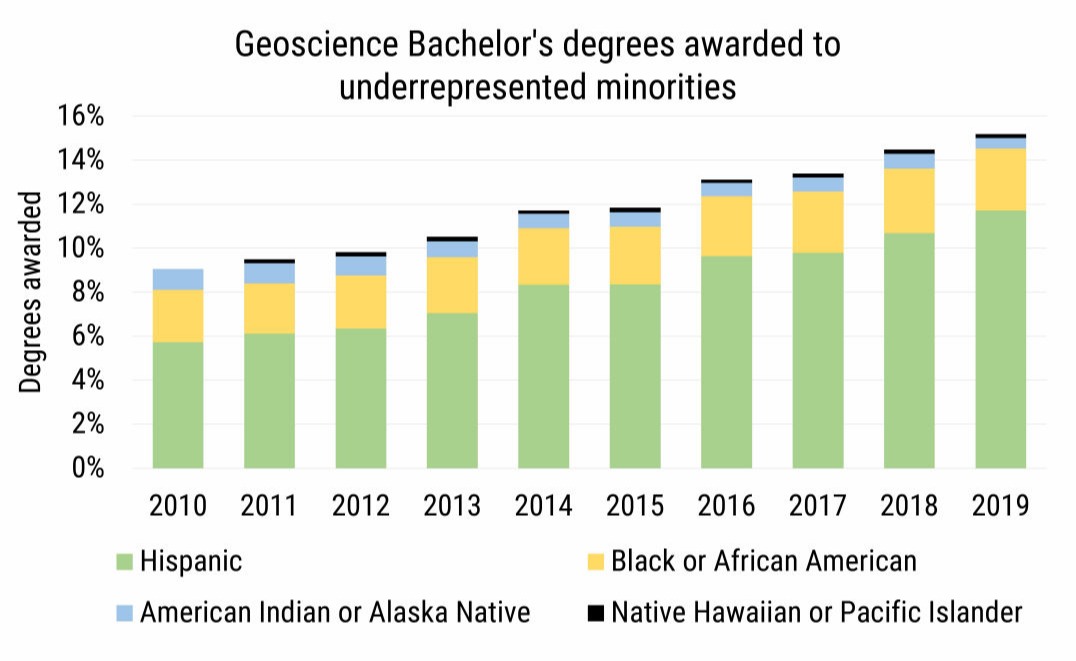
Skill importance in the geosciences; Figures 3-2 and 3-3 from Vision and Change in the Geosciences – The Future of Undergraduate Geoscience Education
Resources on transferable skills:
List of geoscience skills from the Future of Geoscience Undergraduate Education Employers Workshop.
Webinar on key skills and competencies identified in the Vision and Change in the Geosciences report.
Comparison of student preparation vs. skill importance in professional positions by Heather Houlton for AGI. Click here for an accessible text-based version.
Survey templates created by AGI for assessing students' Geology/Geography technical competencies from department, faculty, and student perspectives. For more survey information, visit AGI Workforce Readiness.
Live webinar courses and asynchronous online courses by the Geoscience Online Learning Initiative (GOLI) for continuing education in the geosciences and earning transferable credentials.





